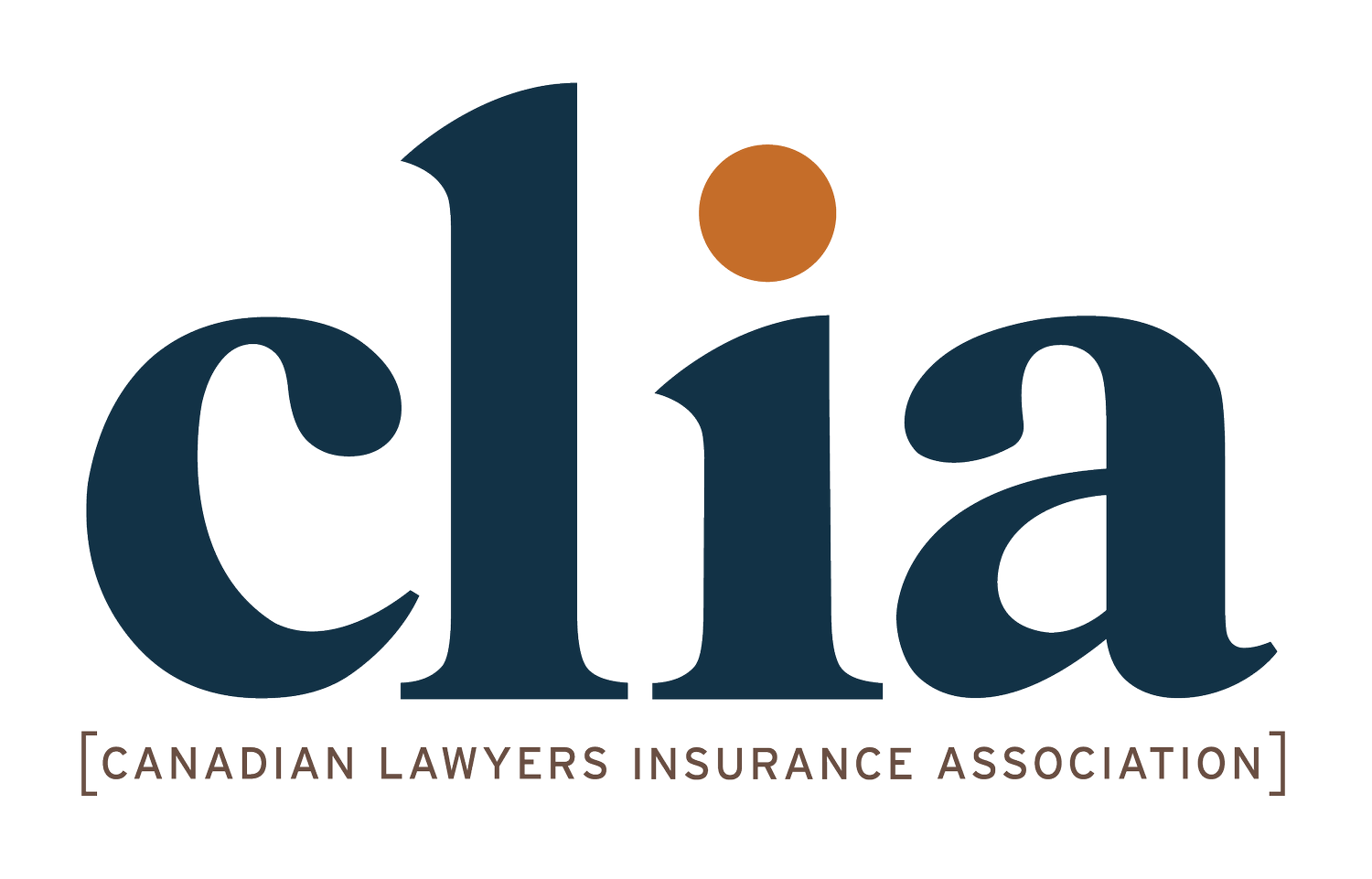Strategies for a Seamless Work Transition
*Kelsey A. Barnes
For a lot of junior lawyers, you reach a time when you may need to transition files to a new lawyer due to a career change, leave, or change in practice areas. As I approach a parental leave, here are some tips and suggestions that I am utilizing to transition files prior to my leave:
Prepare an active file list
To begin working on your transition, you will need to prepare (or obtain assistance to prepare) an active file list. This will be your roadmap for tracking the transition of your files. You may also come across open files that can be closed, which should ideally be completed before you leave. You may want to highlight or prepare a separate list of active files that may require immediate action upon your leave.
Start transition memorandums early
Consider preparing transition memorandums as you complete work on specific files. If you just completed a reporting to your client or a court application/procedural step, it is an optimal time to also prepare your transition memorandum, which can be updated, as needed, prior to your leave.
Do not leave all of your transition memorandums to the last minute if you can avoid it. These memorandums often take longer than expected to complete and you will undoubtedly continue to receive emails or tasks from clients up until the point you leave. Your last week in the office could be very overwhelming if you try to complete all of your transition work at the last minute.
Advise your client of the transition and who their new contact will be going forward
While each workplace may choose to advise clients of transitions differently, if you are the main contact on a file, you should advise the client you will be leaving and who they can contact about the file once you leave. Clients do not appreciate receiving an out of office reply as the first notification that their lawyer is no longer available to assist them.
Notify the Court and other parties of the change in legal representation, if required
Check your Court rules to determine how a change in legal representation is to be served on the other parties involved in a lawsuit and filed with the Court. If other parties are not notified of the change in lawyer, legal documents will continue to be served on you in your absence. This can detrimentally affect your client and poses liability concerns if important documents are missed.
Arrange for email forwarding to an internal lawyer or staff member
Speak with a senior lawyer or management about how your emails and voice messages should be forwarded once you leave. Inevitably, you will continue to receive emails and voice messages from ongoing clients or lawyers, dormant clients, or potential clients while you are away. If your email and voicemail are being monitored, these can be responded to without you in a timely manner.
I do not believe any transition can be flawless. However, taking sufficient time to complete your transition work and make arrangements for files before you leave is not only beneficial for your practice, but also part of your duty as a lawyer. An effective transition will reduce the risk of complaints and liability for files after you leave.
About the Author:
*Kelsey A. Barnes is an associate lawyer at McKercher LLP who maintains a practice in insurance and corporate/commercial litigation, estate planning and estate administration.
This post is for information purposes only and should not be taken as legal opinions on any specific facts or circumstances. Counsel should be consulted concerning your own situation and any specific legal questions you may have.

